By Dawn Bellard, LMA
Microneedling, also known as collagen induction therapy, has surged in popularity over the years because of its remarkable effectiveness in addressing various skin concerns. This cutting-edge procedure has undergone significant advancements, with ongoing research uncovering its effectiveness for multiple applications. I answer your top microneedling questions.
Q. What is microneedling?
A: Microneedling is a cosmetic procedure that involves using tiny needles to create micro-punctures in the skin. This treatment, also known as collagen induction therapy, stimulates the skin’s natural healing process, leading to the production of collagen and elastin. It is a minimally invasive treatment that promotes skin rejuvenation and can result in smoother, more youthful-looking skin.
Q: What skin challenges does it treat?
A. Microneedling is commonly used to treat fine lines, wrinkles, sun damage, stretch marks, acne scars, pigment issues, pore size, and uneven skin tone. Microneedling can also be effective in minimizing the appearance of scars, improving skin texture, and tackling hyperpigmentation.
What’s more, microneedling shows promise as a potential treatment for alopecia, particularly for androgenetic alopecia and alopecia areata. Research suggests that microneedling can stimulate hair growth and improve scalp health when used in conjunction with other hair loss treatments, such as minoxidil.
Q: What are the benefits of microneedling?
A. Short-term benefits include:
- Enhanced skin texture: Microneedling can help improve the overall texture of the skin, making it smoother and more refined.
- Increased collagen production: The micro-injuries caused by the needles trigger the body’s natural healing response, leading to increased collagen production. This can help plump up the skin and reduce the appearance of fine lines and wrinkles.
- Reduced scars and hyperpigmentation: Microneedling can be effective in reducing the appearance of scars, including acne scars, and hyperpigmentation.
Long-term benefits include:
- Diminished wrinkles and fine lines: By stimulating collagen production, microneedling can help reduce the appearance of wrinkles and fine lines over time.
- Improved skin elasticity: Collagen is responsible for maintaining skin elasticity. Regular microneedling sessions can help improve skin elasticity, making it firmer and more youthful looking.
- Reduced pore size: Microneedling can help minimize the size of enlarged pores, resulting in a smoother complexion.
- Enhanced absorption of skincare products: The micro-channels created during microneedling allow skincare products to penetrate deeper into the skin, increasing their effectiveness.
Q: Is it painful and are there any side effects?
A. The treatment can be slightly uncomfortable, but the level of pain experienced varies from person to person. However, most individuals report that the pain is tolerable and similar to a mild prickling or stinging sensation. For those who don’t tolerate the treatment well, your provider will apply a topical anesthetic to the treatment area, usually 45 minutes to one hour in advance.
In addition, microneedling is considered safe when performed by a trained professional, such as the Licensed Medical Aestheticians at MetroDerm. However, there are some potential side effects to be aware of, which may include:
- Redness and irritation: It is common to experience temporary redness and irritation after microneedling. This usually subsides within a few hours to a couple of days.
- Sensitivity and tenderness: The treated area may feel sensitive or tender for a short period post-treatment. This discomfort typically resolves within 24 to 48 hours.
- Dryness and peeling: The skin may become dry and start to peel as part of the healing process. This is normal and should improve over time.
- Bruising: Some individuals may experience mild bruising at the treatment site. This is more likely to occur if the skin is particularly sensitive or if aggressive needling techniques are used.
- Infection: Although rare, there is a risk of infection if proper hygiene and aftercare instructions are not followed. It’s crucial to keep the treated area clean and avoid touching it with dirty hands.
Q: Should I avoid anything before a microneedling treatment?
A. Before your microneedling treatment, it is generally recommended to avoid certain substances and activities to ensure the best results and minimize potential side effects. Here are some things you should consider avoiding before your treatment:
- Exfoliants: Avoid using exfoliating products or treatments on your skin for a few days before the microneedling session. This includes physical scrubs, chemical exfoliants, and peels.
- Retinols and vitamin C: It is advised to avoid using products containing retinol or vitamin C for at least 48 hours before the treatment. These ingredients can be irritating to the skin after microneedling.
- Harsh chemicals: Stay away from skincare products that contain harsh chemicals or strong active ingredients such as glycolic acid or alpha hydroxy acids (AHAs) in the days leading up to the treatment.
- Acne medications: If you are using acne medications, consult with your dermatologist or skincare professional about discontinuing them before your treatment. Some acne medications can make the skin more sensitive and prone to irritation during the treatment.
- Blood-thinning medications and supplements: Avoid taking blood-thinning medications such as aspirin, ibuprofen, or fish oil supplements for a few days before your microneedling session, as these can increase the risk of bruising and bleeding.
- Sun exposure: Try to minimize sun exposure and avoid tanning beds before your treatment. Sunburned or tanned skin can be more sensitive and may not be suitable for microneedling.
- Hair removal creams or procedures: Avoid using hair removal creams or undergoing procedures such as waxing or threading in the treatment area before microneedling.
Q: What are the aftercare instructions?
A. Aftercare instructions include:
- Keep your hands clean: Wash your hands before touching your face to prevent any potential infection.
- Avoid makeup: Refrain from applying makeup, especially with a makeup brush that has been used before, for at least 24 hours after the procedure.
- Gentle cleansing: Use a gentle cleanser and tepid water to cleanse your face for the first 72 hours post-treatment. Pat your skin dry gently.
- Minimal skincare: Continue using your gentle cleanser and moisturizing products as part of your regular skincare routine. Avoid using any harsh or exfoliating products for at least one week.
- Protect your skin: Avoid activities that may heat your skin, such as hot tubs, saunas, and strenuous exercise, for at least 48 hours after treatment.
- Sun protection: Shield your skin from direct sunlight and avoid tanning beds for several days after your treatment. Apply broad-spectrum sunscreen with an SPF of 30 or higher when going outside.
- Hydration: Stay hydrated by drinking plenty of water to support the healing process and maintain skin hydration.
Q: Who is the ideal candidate for this treatment?
A. The ideal candidate is generally someone who is in good overall health and does not have any serious health conditions. Microneedling is considered safe for almost anyone, except for individuals who currently have acne, infections, or active skin conditions that may be worsened by the procedure.
Q: When will I see results?
A. The timeline for seeing results can vary depending on several factors. Generally, it takes about four to six weeks to see optimal results as collagen production takes time to fully develop. Some individuals may start noticing improvements sooner, while others may require multiple treatments to achieve their desired outcome. It is important to note that each person’s response to microneedling can be different. Patience and consistency with the recommended treatment plan are key.
Q: How many microneedling treatments will I need?
A. The number of microneedling treatments you might need depend on various factors, such as your skin condition, desired outcome, and response to the treatment. Generally, most patients usually need three to six microneedling sessions to see noticeable results. These sessions are typically spaced four to six weeks apart to allow for optimal collagen production and skin rejuvenation. However, it is important to note that some individuals may start seeing improvements after just one session, while others with more severe concerns may require additional treatments. The timeline for visible results can vary from person to person.
To learn more about microneedling, request a consultation with one of our Licensed Aestheticians at our Alpharetta, Atlanta – Sandy Springs, or Hiram locations.
About Our Dermatology Provider
Dawn Bellard, LMA – Dawn is a laser practitioner with more than 20 years of experience in Hydrafacial, peels, and much more. She is providing treatments in our Alpharetta office, including skin care consults, IPL, laser hair reduction, Morpheus8, Hydrafacial, SkinPen microneedling, VI Peel and other various peels, dermaplane procedures, PRP w/Morpheus8 and SkinPen, and CoolSculpting.


